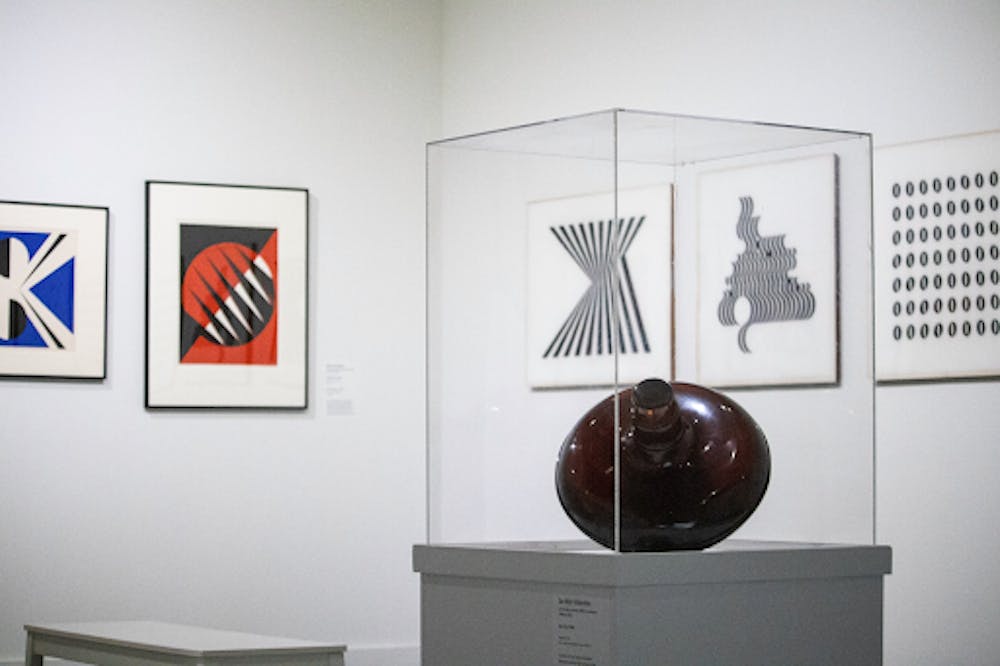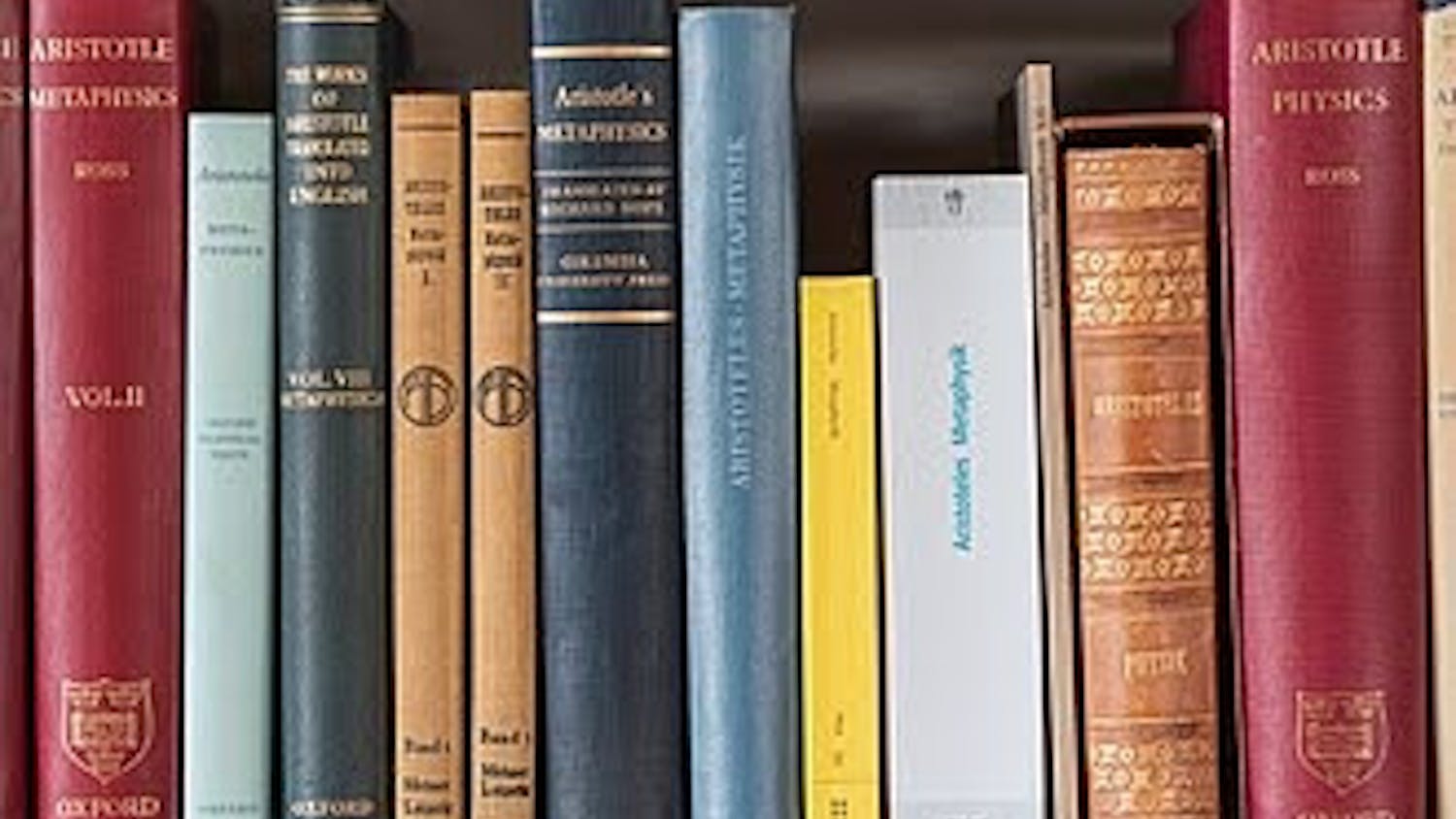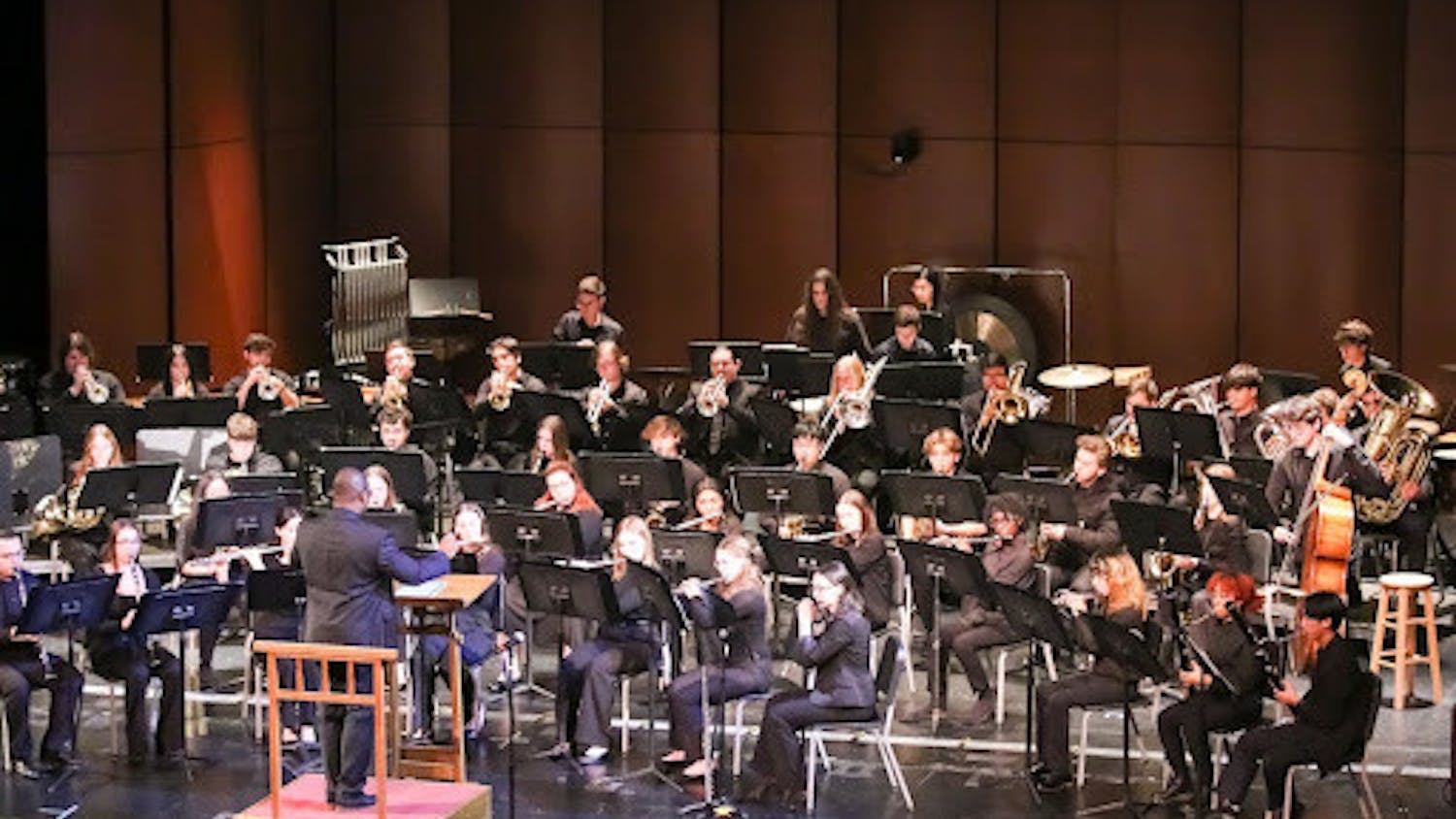By Riley Eisenbeil
Staff Writer
The newest exhibition featured in the College’s art gallery is entitled “Off-Kilter, On Point: Art of the 1960s from the Permanent Collection.” The collection was organized by the Gregory Allicar Museum of Art at Colorado State University and will be displayed on the first floor of the Art and Interactive Multimedia Building in room 115 until Oct. 29.
The program was made possible, in part, by the Mercer County Cultural and Heritage Commission through funding from the Mercer County Board of Chosen Commissioners and the New Jersey State Council of the Arts, a partner agency of the National Endowment of the Arts.
On opening day, Dr. Pamela Barnett, the dean of the College’s School of the Arts and Communication, led a discussion titled “Educating the Whole Person in the Academic Art Gallery.” She walked folks through the themes and main works of the exhibition, in addition to sharing a brief history of her background and the importance of accessible art on a college campus — art such as “Off-Kilter.”
Off-kilter, as defined by Merriam-Webster, means “not in perfect balance, a bit askew.” The art in this collection may seem simple at first glance, but it is filled with abstract and out-of-the-ordinary pieces that urge the viewer to look deeper and engage more. It is not enough to simply walk through without asking questions or contemplating what each piece could mean, and the beautiful thing is that there is no right answer.

“Cascade,” by Charles Hinman (Photo courtesy of Riley Eisenbeil / Staff Writer)
One piece in the collection by Charles Hinman is titled “Cascade.” From a distance, it appears to be an odd-shaped white sculpture with yellow, blue and red sections. When the viewer gets closer and looks at it from different angles, the art changes since it is not completely flat.
“The artist is also interested in the way the perception of space and volume shifts depending on the specific shapes and colors used, and the shadows created by his dimensional surfaces,” the placard next to this piece reads.
Each person looking at this has the opportunity to have a unique viewing experience depending on how and where they look. That is a common theme in the exhibit; the intent of each piece is not clear or in your face, provoking thought.
As Barnett explained, the 1960s were filled with various liberation movements — a number of cultural crises around race and sexuality that characterized the period and a lot of violence. However, it was also an era of increased consumerism and an interest in technology, along with the “golden age of advertising.” The latter is what this exhibition mainly focused on.

“The Souper Dress,” produced by the Campbell Soup Company (Photo courtesy of Riley Eisenbeil / Staff Writer)
Another work in the gallery is called “The Souper Dress,” which was produced by Campbell Soup Company and inspired by Andy Warhol’s famous use of their soup can imagery.
“It was quickly recognizable and Campbell’s soup was like, ‘we’re gonna do this promotion, if you send in a dollar, two Campbell’s soup labels and your size, we will send you a paper dress that is printed with this imagery,’” explained Barnett.
This alone is very telling of the time. Campbell’s produced these disposable dresses that could only be worn once or twice as a form of advertising. They were willing to mass-produce these dresses to get their name out and to encourage consumers to buy more of their products.
The exhibition as a whole offers an engaging collection of art from the decade. With shaped canvases, displays of minimalism, light and space, optical art, kinetic art, pop art and more, there is a little bit of everything.
“If the 1960s are above all about rupture and cultural shifts, this art is profoundly of the decade,” Barnett said. “One of the ways an academic art gallery educates us is by putting us in dialogue with each other … we’re having a shared experience around art and we can build community around it, but we can also build knowledge and understanding.”
Along with the visuals offered, when folks walk through the exhibition they can expect to hear “relevant 60s music,” Barnett explained. Adding the music was a last-minute touch, but it deepens the experience by immersing viewers into the time period, elevating their experience.
The gallery is open Tuesdays, Wednesdays and Thursdays from 12 p.m. to 7 p.m. and Sundays from 1 p.m. to 3 p.m. For more information, visit the College’s Art Gallery website.







